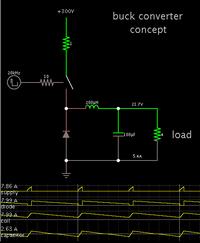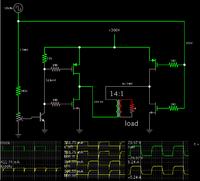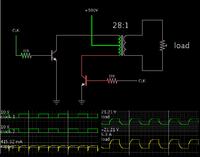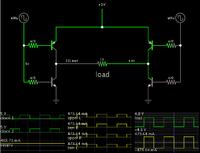electronpower03
Newbie level 6
Hey all,
Since power=IV, is it possible to reduce voltage to increase current ( well of course, power being constant)?
For example, a dc-dc converter has an output of about 300v at 0.4A, is it posible to reduce the 300v to get 20v at 5A?
If possible, how can this be achieved practically? Any circuit/ components, please?
Thanks for your responses!
Regards!
Since power=IV, is it possible to reduce voltage to increase current ( well of course, power being constant)?
For example, a dc-dc converter has an output of about 300v at 0.4A, is it posible to reduce the 300v to get 20v at 5A?
If possible, how can this be achieved practically? Any circuit/ components, please?
Thanks for your responses!
Regards!



